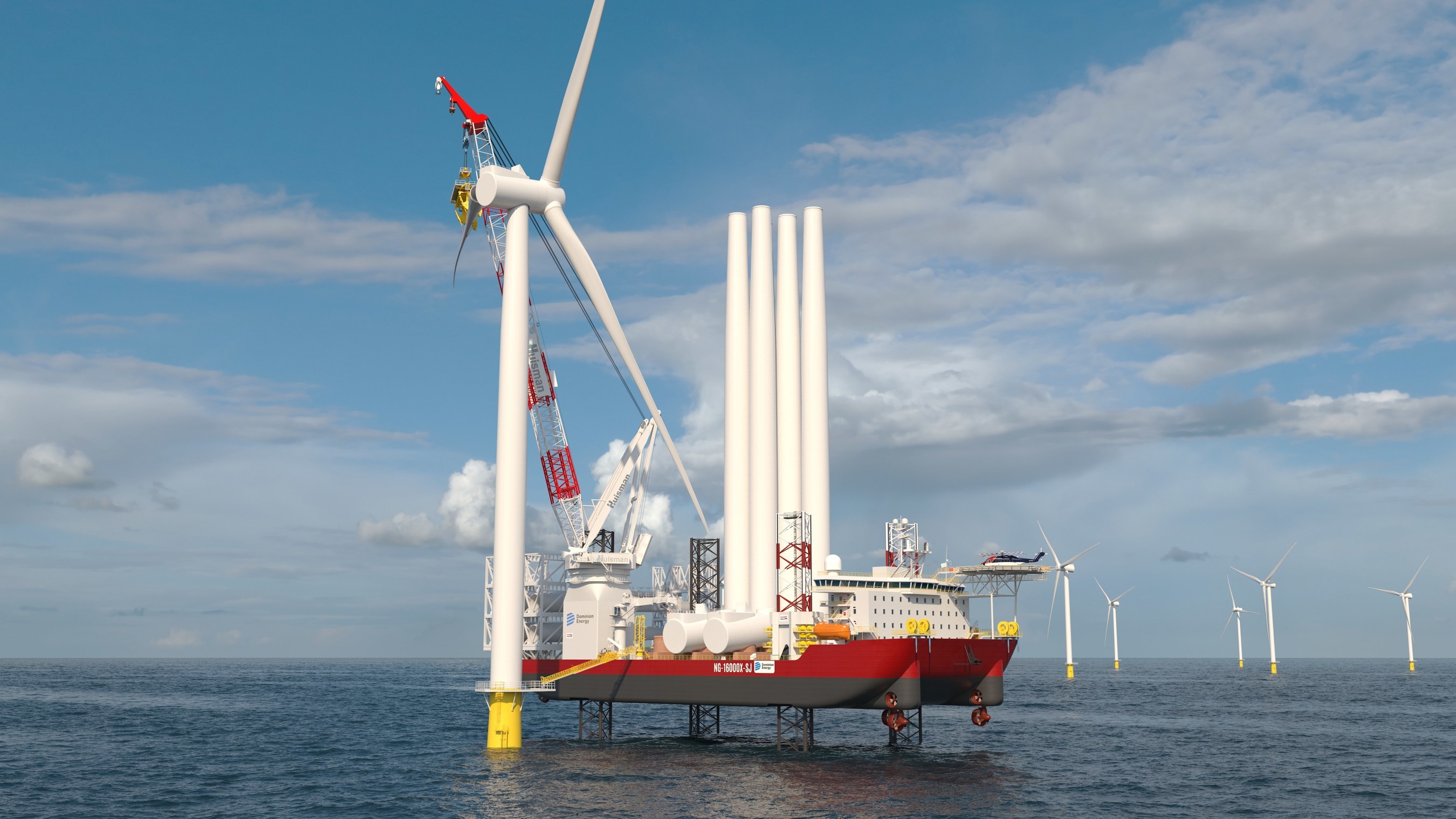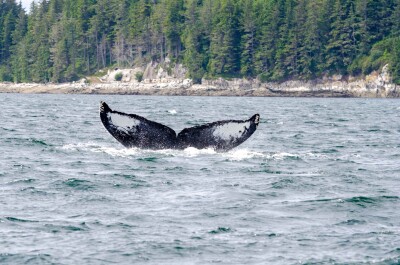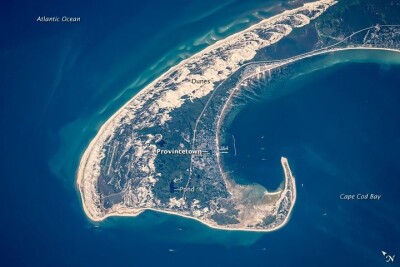The offshore wind industry needs to build at least four additional very large, heavy-lift wind turbine installation vessels at a cost around $2 billion to meet U.S. and global demand for building the next generation of maritime wind turbines in this decade, according to a new report by industry analysts IHS Markit.
“Most critically, the current offshore wind turbine installation vessel (WTIV) fleet is unable to install the new larger 15-plus megawatt turbines that will be hitting the market in the next three years,” states the May 5 paper from the Clean Energy Technology unit of IHS Markit.
The global installation fleet now numbers around 50 vessels, but many of those are already outmoded or close to it, with two-thirds working off China and currently unavailable to other markets, according to IHS Markit and other industry observers.
Six new WTIVs are expected to be commissioned by 2023, but with big projects planned in Europe and Asia that still leaves the market in a shortage of capacity in the 2026-2027 timeframe, IHS analysts wrote.
“Offshore wind turbines are constantly getting bigger and more powerful, reducing costs, improving competitiveness and opening new markets,” said Andrie Utkin, a principal analyst with IHS Markit, in a summary of his Clean Energy Technology group’s findings.
“However, that presents a new challenge,” said Utkin. “As new developments are moving further offshore and into deeper waters, logistics, transit and installation become more complex and require larger specialized self-propelled jackup vessels with technical capabilities far beyond the existing fleet.”
The report is the latest cautionary note, amid enthusiasm from the Biden administration and East Coast state governments for developing U.S. offshore wind turbine projects. The Bureau of Ocean Energy Management looks to have up to 10 environmental impact assessments underway this year for projects, with 16 wind projects now in various planning stages from New England to the Carolinas.
The Biden administration set a goal of 30,000 megawatts of offshore wind power capacity – or 30 gigawatts, the use the larger terminology – by 2030. But there are infrastructure hurdles to getting it built, IHS Markit analysts say.
One is the Merchant Marine Act of 1920, also known as the Jones Act, the federal statute that regulates commerce in U.S. waters. The law’s requirements for using U.S. flag vessels and U.S. citizen mariners has long been seen as an impediment by European-based offshore wind developers.
“The United States has targeted a particularly ambitious offshore wind goal of 30 GW by 2030, but despite the restrictive terms of the Jones Act, the only U.S.–built and flagged WTIV is not set to enter service until 2023,” the report says, referring to Virginia-based Dominion Energy’s WTIV now under construction at Brownsville, Texas. “In order to hit its target, the country must either relax its maritime rules to permit foreign-built vessels to operate or ensure new heavy-weight vessels are built and put into service promptly.”
Any notion of getting broad Jones Act exemptions is a political non-starter, considering tight relations between maritime unions and the Biden administration and Congress. Northeast and Mid-Atlantic state governments likewise have bought into offshore wind based on the promise of good-paying local jobs for their blue-collar labor voters.
IHS Markit says that will raise costs – not just in the U.S. but Japan and other nations that protect their maritime industrial base.
“Depending on where these vessels are built, the total cost may be significantly higher if local content requirements are taken into consideration, particularly in the emerging offshore wind markets of the United States and Asia Pacific,” the report notes.
“Although six new vessels currently under construction are expected to come online by 2023, absent further investment the global fleet would still experience difficulties to cover the global demand in 2026-2027 and would most certainly fail to do so post-2028. As a result, at least four additional WTIVs are needed to cover the expected demand to 2030,” Utkin predicted.
“While seven companies have announced the intention to build up to 16 new vessels, these are not firm contracts and final investments have yet to be secured,” the report says. “But conditions for investment are improving as turbine sizes stabilize and the technical capabilities for installing them become increasingly standardized.”
“One of the reasons for the lack of investment in newbuild turbine installation vessels in the past was concerns over the longevity of the vessels as turbine technology was developing rapidly,” says Utkin. “Now that turbine sizes have somewhat stabilized, with more standardized technical capabilities required for vessels, you are finally seeing newbuilds being ordered. We expect that with the rise of the emerging offshore wind markets and first commercial projects coming online, investors and owners will be increasingly willing to finance and build new vessels.”







